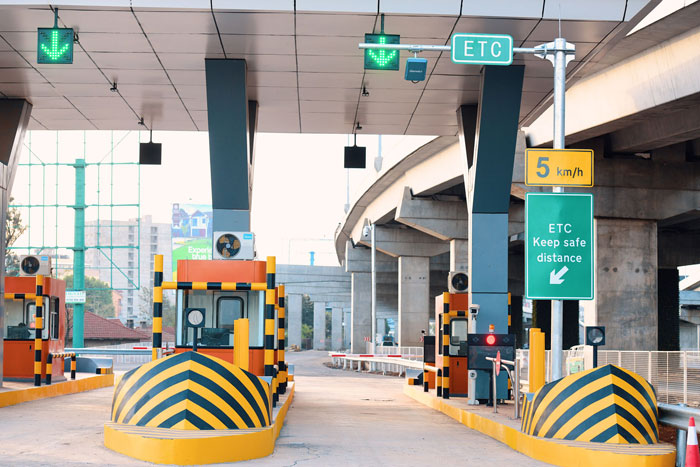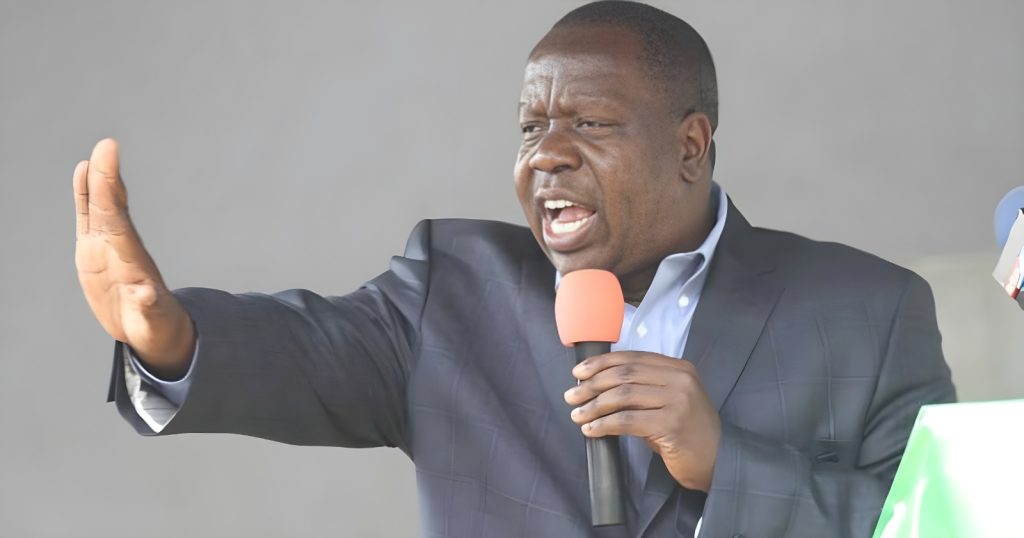Motorists using the Nairobi Expressway should anticipate delays this weekend as the Museum Hill Exit A is scheduled for a temporary overnight closure to facilitate construction and maintenance works.
According to a public notice issued by Moja Expressway Company, the operator of the 27-kilometre expressway, the exit will be closed from 11:00 p.m. on Saturday, May 10, to 5:00 a.m. on Sunday, May 11. Motorists are advised to plan their journeys accordingly and consider alternative routes, such as the Haile Selassie Exit .
The closure is part of ongoing infrastructure upgrades aimed at improving the expressway experience and easing traffic congestion. Specifically, the Museum Hill Exit A, which currently features three lanes, is set for expansion to five lanes. This initiative was first announced in December 2023 by then-Transport Cabinet Secretary Kipchumba Murkomen. However, the project has faced delays due to ongoing negotiations with the University of Nairobi regarding land acquisition
This temporary closure follows a series of similar disruptions on the expressway. In April, the Mlolongo Toll Station and Syokimau Entrance A were closed from 10:00 p.m. on April 12 to 8:00 a.m. the following morning to facilitate the construction of the Katani pedestrian overpass
Additionally, the Kenya Urban Roads Authority (KURA) has announced a separate traffic disruption along Limuru Road. The agency plans to install a pedestrian footbridge deck near Aga Khan Primary School, with works beginning at midnight on Sunday, May 11. Motorists are advised to exercise caution and follow the provided traffic guidelines during this period .
The Nairobi Expressway, built under a public-private partnership and managed by Moja Expressway as part of China’s Belt and Road Initiative, was envisioned as a solution to Nairobi’s chronic traffic congestion. Its continued upgrades and expansions aim to meet growing traffic demands as urban mobility challenges persist.
Motorists are encouraged to stay informed about the latest developments and plan their routes accordingly to minimize inconvenience during the construction period.









